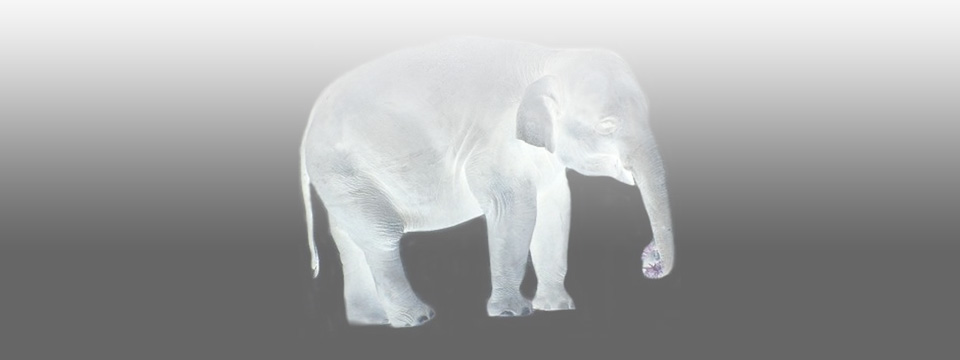As a man was passing the elephants, he suddenly stopped, confused by the fact that these huge creatures were being held by only a small rope tied to their front leg. No chains, no cages. It was obvious that the elephants could, at anytime, break away from their bonds but for some reason, they did not.
He saw a trainer nearby and asked why these animals just stood there and made no attempt to get away. “Well,” trainer said, “when they are very young and much smaller we use the same size rope to tie them and, at that age, it’s enough to hold them. As they grow up, they are conditioned to believe they cannot break away. They believe the rope can still hold them, so they never try to break free.”
The man was amazed. These animals could at any time break free from their bonds but because they believed they couldn’t, they were stuck right where they were.
Like the elephants, how many of us go through life hanging onto a belief that we cannot do something, simply because we failed at it once before?
Failure is part of learning; we should never give up the struggle in life.
Source: academictips.org
I have no reason to believe this story is not true as there are other examples of animals and I am sure human beings who limit themselves with belief. Now I neither have an Elephant or the inclination to test if this experiment is true as I much prefer the Animal out in their natural habitat. This said other experiments on animals tend to back this story up. ( see the fish and fly experiments )
30 Nov 2012
Just to add to this post I have found another angle of this story from a very strong source:
In India when they train elephants, they’ll take a baby elephant, tie it to a flimsy rope and tie the rope to a flimsy green twig. They’ll do this for a few weeks. When the elephant grows up, their handler can tie the elephant to a tree sapling or small green twig, with a flimsy rope and the animal will not try to get away. Conversely, if you tie the same elephant with a strong chain to a large tree, the animal will break the chain or uproot the tree. The elephant made a commitment in its mind that the flimsy rope and the twig will leave the elephant obedient.
Source: Deepak Chopra The New Physics of Healing






Discussion3 Comments
“There is the image of the man who imagines himself to be a prisoner in a cell. He stands at one end of this small, dark, barren room, on his toes, with arms stretched upward, hands grasping for support onto a small, barred window, the room’s only apparent source of light. If he holds on tight, straining toward the window, turning his head just so, he can see a bit of bright sunlight barely visible between the uppermost bars. This light is his only hope. He will not risk losing it. And so he continues to staring toward that bit of light, holding tightly to the bars. So committed is his effort not to lose sight of that glimmer of life-giving light, that it never occurs to him to let go and explore the darkness of the rest of the cell. So it is that he never discovers that the door at the other end of the cell is open, that he is free. He has always been free to walk out into the brightness of the day, if only he would let go. (192)”
― Sheldon B. Kopp, If You Meet the Buddha on the Road, Kill Him: The Pilgrimage Of Psychotherapy Patients
Thank you Bill what a great story. I like it, it reminds me of the Monkey Coconut Trap story – https://possiblemind.co.uk/the-monkey-coconut-trap-and-pain/
All the evidence suggests this may not be based on a real Elephant but is just anecdotal from seeing Elephant behaviour. The thing is they are very intelligent and the only reason they stay is to respect the rules, which they will break with the enough motivation.
I’m reminded by this story by the fact I’ve just sat in almost silence having my dinner whilst listening to someone talk on a cordless phone about four feet from the base, about the distant the cord would reach on much older phones. No matter how often I mention it, they never go to a quieter room.